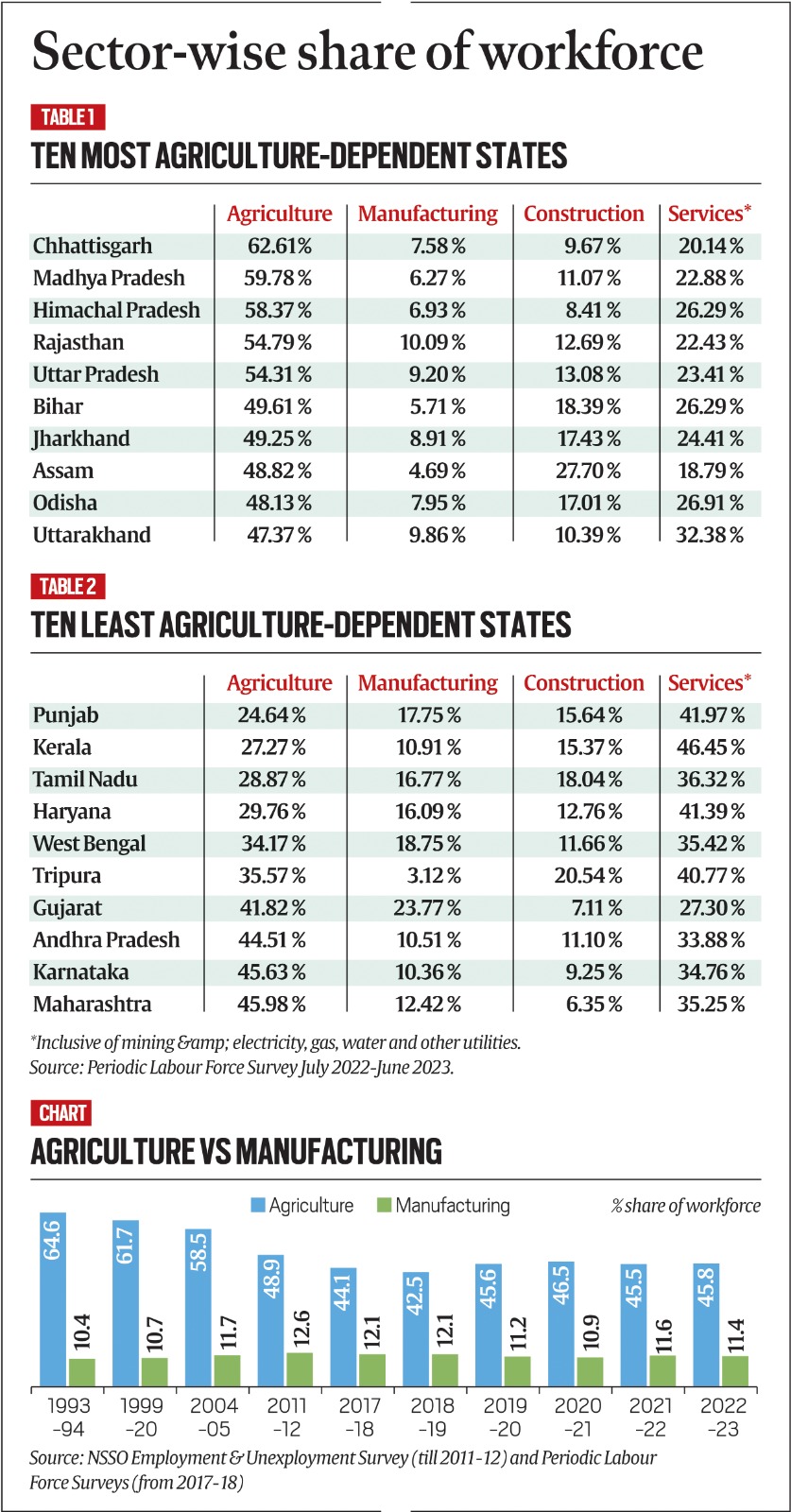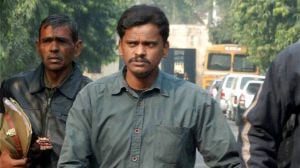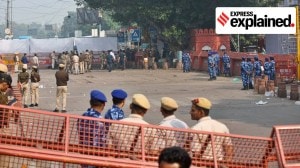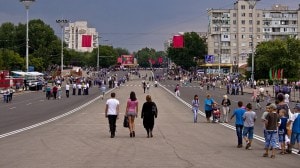In 1954, the Saint Lucian economist William Arthur Lewis wrote on the enormous industrialisation possibilities for underdeveloped countries having an unlimited supply of labour available at subsistence wages. The marginal productivity of such labour, engaged in sectors such agriculture, was “negligible, zero, or even negative”: Their withdrawal from farms would, far from reducing agricultural output, make the existing holdings more viable and amenable to productivity-enhancing mechanisation.
Lewis’ influential essay (‘Economic Development with Unlimited Supplies of Labour’) argued that an expanding manufacturing (“capitalist”) sector could absorb much of the surplus labour in agriculture and other “subsistence” sectors. All it had to do was pay wages just high enough to make men leave the family farm. So long as the higher subsistence wage levels matched the value of the additional output that was produced, the factories would keep hiring workers. In this situation, “new industries can be created, or old industries expanded, without limit”.

For Lewis – his work won him the Economics Nobel Prize in 1979 – industrialisation was a virtual inevitability for countries with surplus labour populations; he specifically mentioned India. The only bottlenecks to this seamless transfer of labour from farms to factories were “capital and natural resources”, which these countries lacked relative to their populations.
How has the model panned out in India?
Story continues below this ad
Not quite the way Lewis envisaged. Agriculture employed about two-thirds of India’s workforce till the early nineties. The accompanying chart shows that share falling from 64.6% to 48.9% between 1993-94 and 2011-12. But not much of it was courtesy of manufacturing, whose share in employment rose marginally, from 10.4% to 12.6%, during this period.

The subsequent period has seen the farm sector’s share in the country’s employed labour force first drop somewhat slowly, to a low of 42.5% in 2018-19, and then increase to 45.6% and 46.5% in the following two Covid-impacted years. The current 45.8% share, as per the National Sample Survey Office’s Periodic Labour Force Survey report for 2022-23 (July-June), is still higher than the pre-pandemic levels.
No less striking is the dip in manufacturing’s share, from the 2011-12 high of 12.6% to 11.4% in 2022-23. The declining trend, in fact, preceded the pandemic – so much so that this sector now employs less than even the workforce in construction (13%) and trade, hotels & restaurants (12.1%). Employment in the latter two sectors is pretty much similar to agriculture – low marginal productivity (output per worker), informal and paying just-about subsistence wages.
Simply put, the virtuous structural transformation, entailing a transfer of surplus labour from “subsistence” to “capitalist” sectors that Lewis talked about, hasn’t really played out. It has stalled, if not reversed, in recent times. The movement of labour – as economists like Amit Basole at Azim Premji University have demonstrated – has been largely happening within the “subsistence” sectors. The jobs being generated outside agriculture are mostly in low-paid services and construction, not in manufacturing and high-productivity services (think gig workers versus IT professionals).
The picture at state level
Story continues below this ad
Manufacturing’s share in employment is below that of construction and services for states with high percentage of workforce engaged in farming. Even for less agriculture-dependent states, the labour force in services is 2-3 times or more that in manufacturing (tables above).
The exception, perhaps, is Gujarat. Nearly 24% of its workforce – more than twice the national average – is employed in manufacturing, which is almost as much as in services. Gujarat is the only state that seems to confirm closer to the Lewis model of labour shifting from farms to factories. Yet, the proportion of its workers in agriculture is much higher than for Punjab, Haryana, Kerala, Tamil Nadu or even West Bengal. Less services sector-dependent would be a more appropriate description for Gujarat.
“The Lewis model was propounded, and had relevance for India, in the fifties. It was a time when industry was synonymous with textile mills employing large numbers of people. Even Mumbai then had mills, with workers drawn from neighbouring rural areas and housed in chawls (tenements) in the centre of the city,” noted Ramesh Chand, Member of NITI Aayog, the successor to the erstwhile Planning Commission.
Farm as a factory
The Lewis model’s exemplar was China. That country, from the late 1970s to the 2000s, leveraged its demographic dividend and large pool of surplus rural labour to become “the world’s factory” – just as Gujarat is India’s.
Story continues below this ad
However, the relevance or replicability of that model of structural transformation is open to question today. India does still have near-unlimited supply of surplus labour working in subsistence sectors and suffering, what is called, “disguised unemployment”. It is also experiencing a bulge in the working-age population, like China did till the last decade. But the opportunities for gainful employment through the conventional route aren’t as much as before.
“Manufacturing is turning increasingly capital-intensive, with the deployment of both labour-saving and labour-displacing technologies such as robotics, artificial intelligence and machine learning. We need to rethink the whole model of labour transition from agriculture to industry,” said Chand.
NITI Aayog, he added, is working on a “new” economic development model for India, exploring the scope for remunerative job creation “in and around agriculture” itself. Such jobs needn’t be on the farm, but outside it – in the aggregation, grading, packaging, transporting, processing, warehousing and retailing of produce or the supply of inputs and services to farmers.
“The use of grain, sugarcane and oilseeds as bio-fuel is already growing, but so can the crop stubble and residues that farmers are now burning in the fields. There is also rising demand for bio-based products, whether as cosmetics and medicines, building materials, polymers and specialty chemicals, or even as insecticides and fertilisers. All these can be the next big employment avenues outside, and yet linked to, the farm,” Chand pointed out.









































